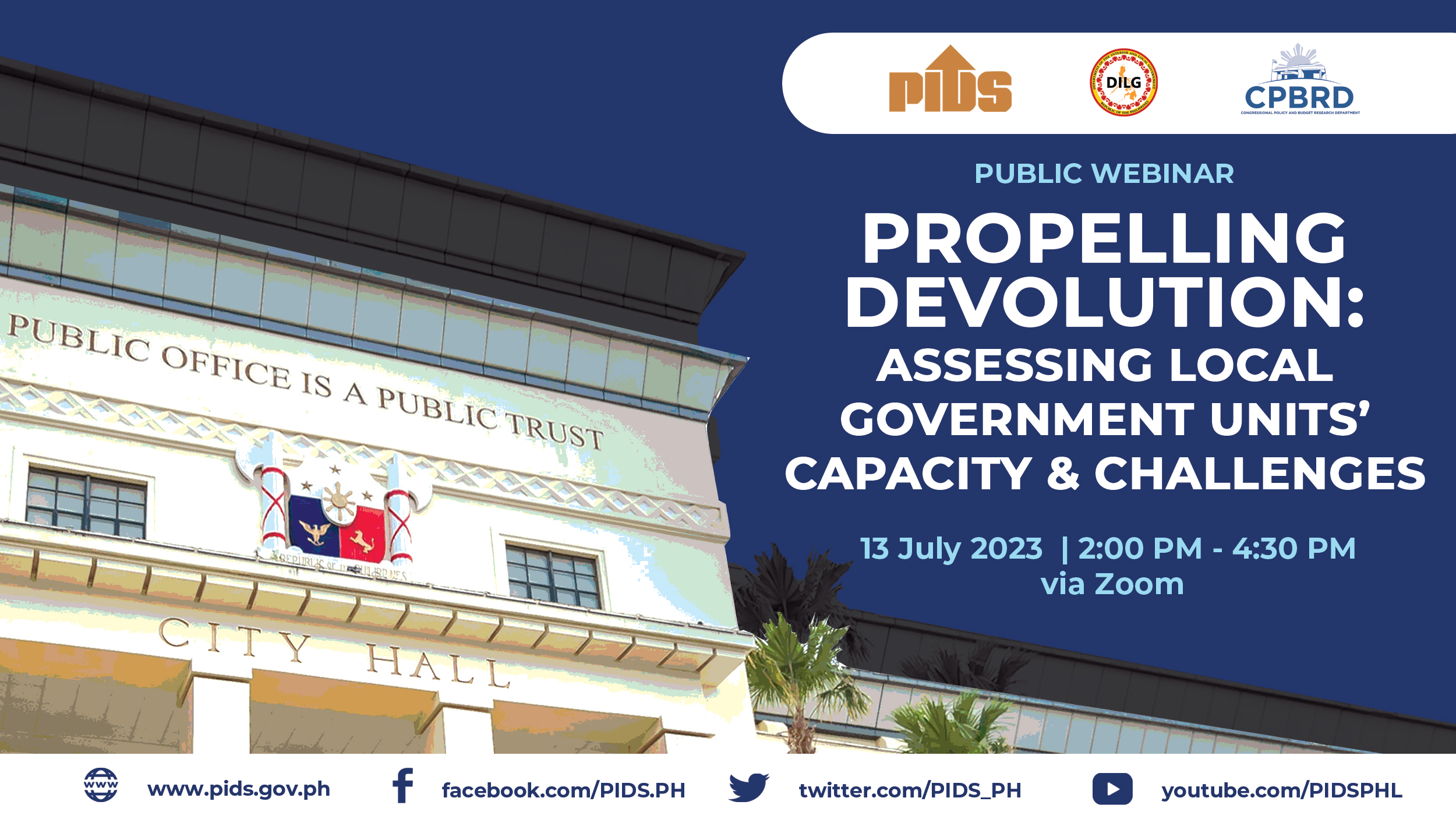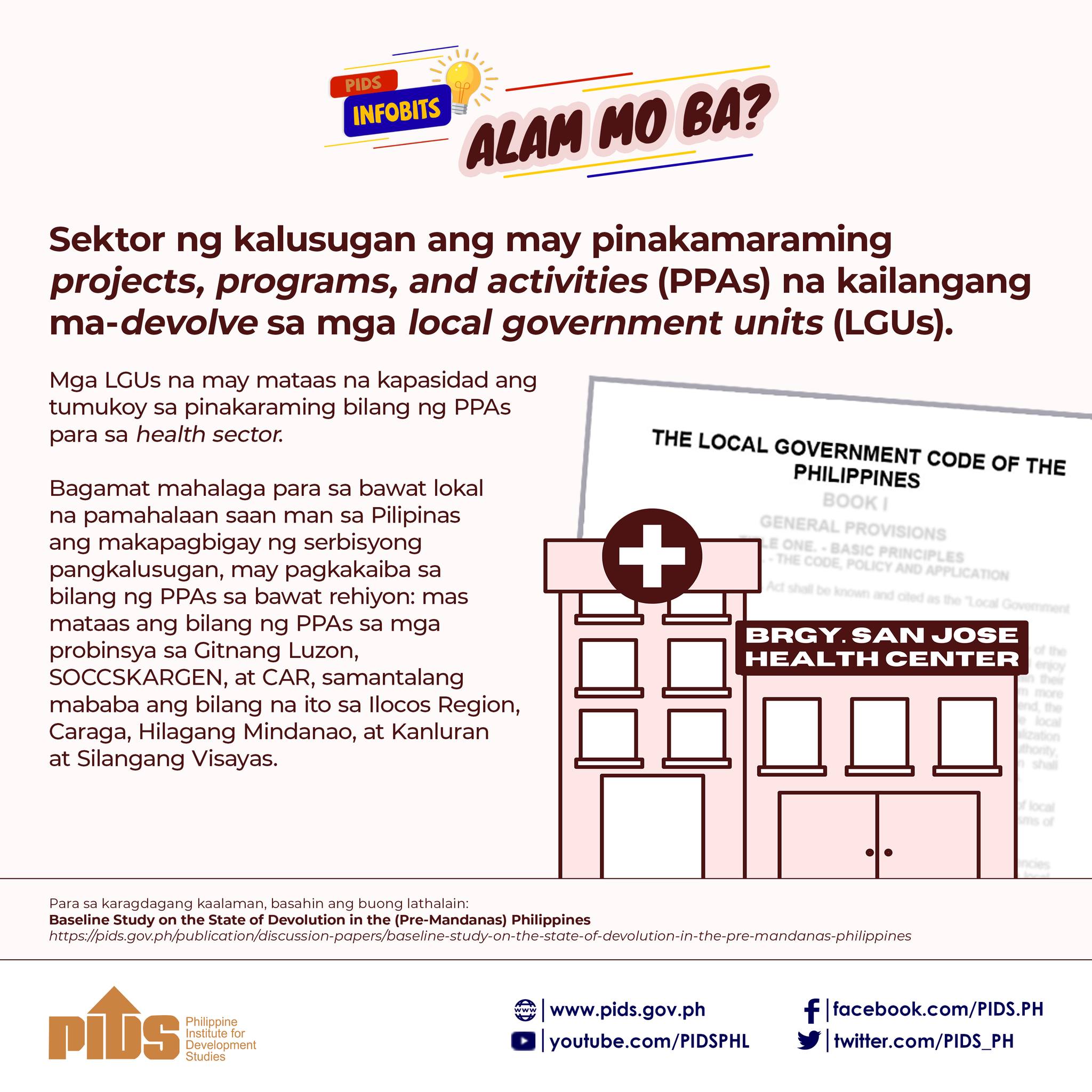Despite the warning of the National Food Authority (NFA) that it would not have enough rice stock during the lean season, the interagency NFA Council on Tuesday has put off making a decision to import the staple.
This could prove costly, as an importation cycle takes at least two months to complete from bidding to delivery, while a rice-supply lack is already expected by July. The NFA Council (NFAC) has taken into consideration President Duterte’s recent pronouncement that the Philippines will no longer import rice, according to an official privy to the meeting of the council on Tuesday.
The agenda of the meeting is confidential. But we did not talk about rice importation. There are so many things to settle before we can decide on it, in light of the policy pronouncement of President Duterte,” the official told the BusinessnMirror.
While he did not confirm that the NFAC did not act on the NFA’s appeal to import rice, Socioeconomic Planning Secretary Ernesto M. Pernia said economic managers stand pat on its stance that the country needs rice imports.
But Pernia said the economic team is more partial to letting the private sector import rice because the government does not want to spend. He said importing rice would mean adding to the debt of the NFA that currently stands at P211 billion.
[The economic team] is for timely rice importation because it’s not possible, at least in the near to medium term for the Philippines to become rice self-sufficient,” he told reporters on the sidelines of a forum held in Pasay City on Tuesday.
In January the NFA had sought the NFAC’s approval to import 250,000 metric tons (MT) of rice to beef up its stocks for the lean season of July to September, when farmers do not usually harvest due to strong typhoons.
The volume was part of the 500,000 MT standby authority approved by the NFAC in 2015 for buffer stocking. The NFAC is the highest governing body of the NFA. Earlier, economists said the pursuit of rice self-sufficiency was “one of the mistakes” of the previous administration. Former Agriculture Secretary Proceso J. Alcala made the pronouncement of attaining “zero imports” by 2013 under the Aquino administration when he was appointed in 2010.
However, the target was not met and, recently, due to the prolonged dry spell brought about by El Niño, the outgoing administration had to import an additional 500,000 MT of rice to plug the gap in local output.
The government’s rice self-sufficiency bid also put a strain on public funds for other crops. Philippine Institute for Development Studies Senior Fellow Roehlano Briones said the government’s rice spending reached P37.44 billion in 2012, almost half of the government’s total agriculture spending for that year.
The Department of Agriculture (DA) on Tuesday said it would urge President Duterte to allow the mandatory inspection of all rice warehouses so the government could come up with a “more accurate” inventory.
I’ve been saying all along that [government] data and statistics are messy, really messy. Who can tell what is the actual, current rice inventory all over the country? No one, not even the Philippine Statistics Authority [PSA],” Agriculture Secretary Emmanuel F. Piñol told reporters in an interview on Tuesday.
Piñol made the pronouncement amid the apparent indecision of the government regarding the mode by which it would prop up its own stockpile. He added that data from the PSA are “not accurate”, as the government’s major statistical agency did not take into account rice being smuggled into the country.ew Roman',serif;"> Piñol said he will propose to Duterte the creation of an inter-agency task force that would conduct a mandatory inspection of all rice warehouses in the country.
Of course, the inspection will factor in the smuggled rice. If we would like to establish a credible stock position then we should also factor in the smuggled rice,” he said
“That’s why we have to inspect the warehouses, all the warehouses—that’s the only way,” Piñol added.
The envisioned task force, which will be spearheaded by the DA, would include the NFA, the Department of Trade and Industry, Bureau of Internal Revenue, the Bureau of Customs, National Bureau of Investigation, the Philippine National Police and the PSA, according to Piñol.
The task force will start working within the second quarter. Even the NFA warehouses will be checked,” he said Piñol expressed confidence that the President will give his nod to the proposal to create the task force. “We don’t have tackle this anymore during the Cabinet meeting. All it needs is an executive order.”
Briones, however, said policymakers are equipped with all the information they need to make the necessary decisions concerning the country’s rice policies, particularly importation. “The policy-making community related to food security has recent information about rice-stock inventory and other data that can be used for food-security planning,” he told the Business Mirror.
Compared to its Southeast Asian counterparts, the PSA is better in terms of providing reports and data on the country’s rice inventory level, Briones said.We have to give credit to the PSA, as they have the best rice stock estimate in Southeast Asia. We have a monthly inventory data. Other Southeast Asian countries don’t have this kind of data,” he said. In other countries, every time someone requests for a rice inventory data they would have to wait. Here in the Philippines, data from the PSA are readily available,” Briones added. Even if Piñol seeks to apprehend rice smugglers or hoarders through mandatory warehouse inspection, Briones said he would still have a hard time due to the lack of warehouse-specific inventory monitoring data. If that is his intention, then that is flawed. You need to observe the behavior of warehouses and the traders for over a year, so you will have an idea of the [flow] of their stocks,” he said. And we don’t have that kind of data because we don’t have the complete census of traders’ behavior, which is impossible. It would be a waste of money and time,” Briones added. The PSA issues a monthly report on the country’s rice and corn inventory. It includes the stocks held by households, commercial warehouses and NFA depositories. The agency uses data from its Palay and Corn Stocks Survey for household-held rice stocks and the NFA’s Commercial Stocks Survey, which is generated from registered grains businessmen. The NFA stocks are monitored from food agency’s warehouses and depositories.
Government holds off decision to import rice to fill gap












